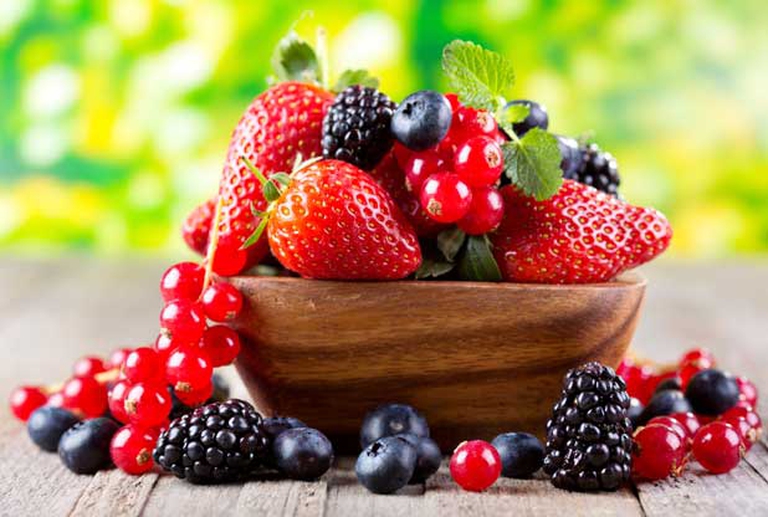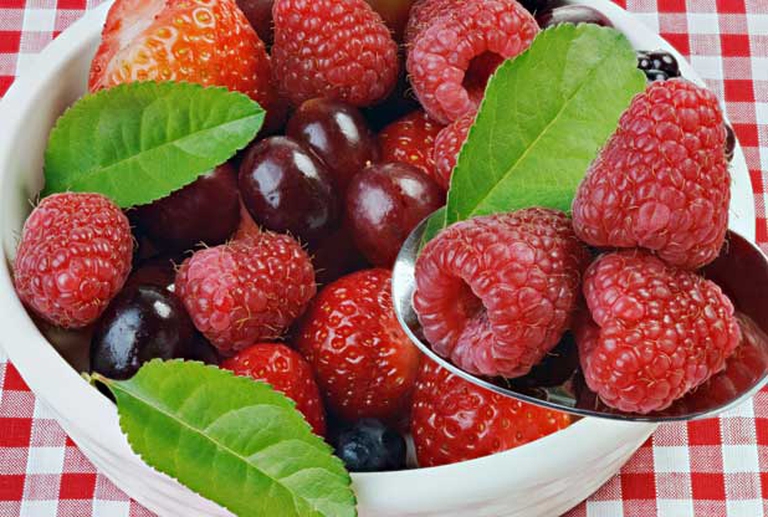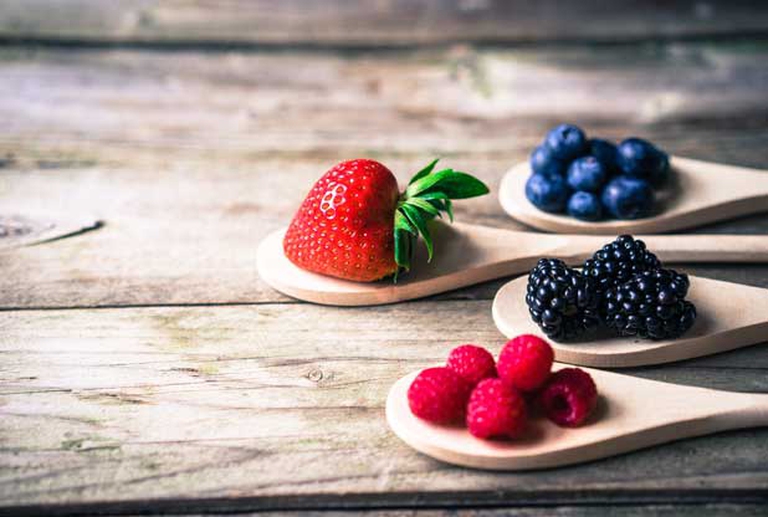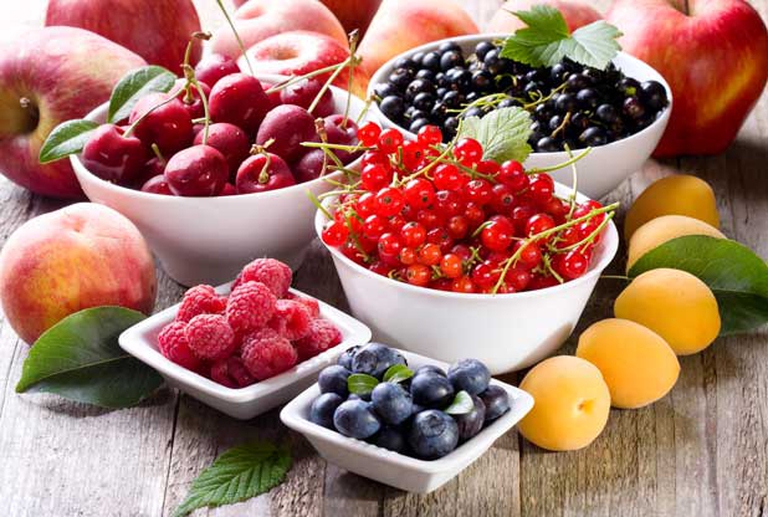
Factory farming conditions and antibiotic-resistant pathogens emerging as a result of them pose an existential threat to humans in the form of zoonotic diseases. Why it’s time to produce and consume food more thoughtfully.
A team of researchers at the Washington State University revealed that grapes, blackberries, raspberries, strawberries and apples, rich in resveratrol, burn fat in excess. Here is how.
A new strategy to prevent and treat obesity lies in an antioxidant found in many fruits: resveratrol. Widely known for its anti-ageing and anti-cancer properties as well as for its beneficial effects on the heart, resveratrol was analysed by researchers “as a representative for all of the polyphenols”, said lead researcher professor Min Du.

The study published in the International Journal of Obesity explains that two or three servings of fruits of the forest, grapes or apples (about 350g of fruits) help turning white fat, in which calories in excess are stored, into beige fat, which burns and converts white fat into heat.
Beige fat is a newly found type of fat, along with white and brown fat. “Researchers had always assumed there were only two types of fat, white fat where lipids are stored as energy and brown fat that burns lipids to produce heat. Several years ago, scientists discovered beige fat, which is in between white and brown fat”, said Du. According to him beige fat is generated from white fat during a process called browning. “Resveratrol can enhance this conversion of white fat to beige fat and, when you have high rates of browning, it can partially prevent obesity”, stated Du.
Red wine could have a similar effect, but the amount of this substance it contains is only a fraction of resveratrol found in grapes, Du said. “Many of the beneficial polyphenols are insoluble and get filtered out during the wine production process”. For those who want to add fibres and these bioactive compounds to their diet, it’s better to eat the whole fruit.
It is worth remembering that resveratrol is a substance produced by plants for self-defence, it is a natural fungicide. Therefore, organic fruits have larger amounts of resveratrol because they are not treated with chemical fungicides and pesticides.
Siamo anche su WhatsApp. Segui il canale ufficiale LifeGate per restare aggiornata, aggiornato sulle ultime notizie e sulle nostre attività.
![]()
Quest'opera è distribuita con Licenza Creative Commons Attribuzione - Non commerciale - Non opere derivate 4.0 Internazionale.
Factory farming conditions and antibiotic-resistant pathogens emerging as a result of them pose an existential threat to humans in the form of zoonotic diseases. Why it’s time to produce and consume food more thoughtfully.
The world of cinema recognises the link between food choices and the climate crisis by offering vegan menus for awards season events, including at the most important of them all: the Oscars.
Let’s look at the reasons behind the growth of veganism in India, as a small yet vocal section of the population turns towards this diet and lifestyle in the largest milk producing country in the world.
by Jeffrey Y. Campbell, Manager of the Forest and Farm Facility at FAO In the Ecuadorian Amazon, Kichwa farmers grow dozens of products on tiny parcels of land. Their lands hum with biodiversity, yielding nutritious foods that have sustained families for generations. Wandering among fruit and nut trees and crops, these indigenous agroforesters fill their baskets
Mint has many health benefits, but in food it’s often accompanied by artificial green colourings. Instead, Galatea has created a green mint ice cream in a completely natural way.
We’re talking about Galatea, a company that produces semi-finished products for artisanal ice creams using high quality ingredients, natural colouring, excluding thickeners and hydrogenated fats, respecting the environment and supporting the less fortunate.
The mad rush to fake food, like fake meat made with genetically-modified soy, ignores the importance of the diversity of our foods and culinary cultures. It’s a recipe to accelerate the destruction of the Planet and our health.
Like with all foods, the quality of an ice cream can be discerned by reading its label. An expert explains how to do this, and tells us how their company steers clear of chemicals, using only natural ingredients to produce an excellent and “free” ice cream.
Quality ingredients, no artificial colouring and hydrogenated fats. These are the main features of a great ice cream. But what makes an ice cream parlour “good”, i.e. sustainable?










